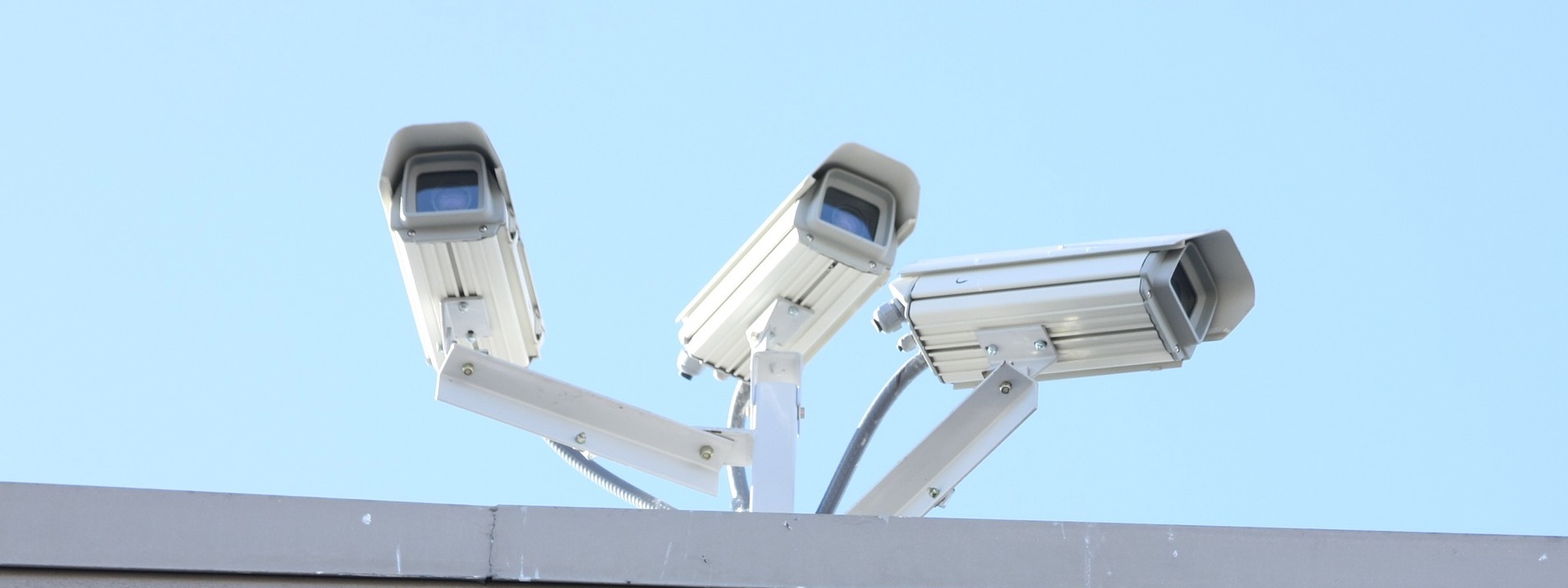The Era of Convergence: Why IT Wants to Standardize Video Security
IT departments are stretched to the limit. According to Forrester Research, this unfortunate reality is among the reasons that half of all digital transformation efforts stalled in 2018. To confront the challenge, enterprises are responding by getting real about IT infrastructure—including their video security solutions.
The Cambridge, Massachusetts-based research firm has predicted that 2019 will be the year when “transformation goes pragmatic.” As more and more customer experience overhauls, data revolutions and other high-minded digital initiatives run into headwinds, IT departments will begin to increasingly look for quick wins and easy-to-implement efficiency improvements.
In short, 2019 will be a year when high-ranking IT executives prioritize a “sense of realism, practical steps, a desire for tangible outcomes,” writes Carrie Johnson, chief research officer at Forrester Research.

Convergence and Video Security
It is no surprise that this trend neatly overlaps with the convergence movement. Across the board, IT is looking to consolidate disparate processes and operations. And video security is one critical area where the benefits of standardization are gaining momentum.
Josh Woodhouse, senior analyst of video security at IHS Markit, broke down the trend recently in an analysis that centres on the push to align information and communications technology (ICT) infrastructure and video security.
“Cloud architectures are being adopted to enable data to be shared more easily and across much larger, more complex networks,” states Woodhouse. “All these new transformational technologies are changing not only the video security portfolios, but also the rules of the game.”
This move toward convergence is bringing change to traditional video security business models. They are now being influenced by wider ICT industry trends, says Woodhouse, as analytics and “as-a-service” concepts take on a larger role in the ecosystem. Such opportunities have enticed more players into the market. This gives end users more choice than ever as they look for a solution to meet their needs.
“The video security market is becoming increasingly intertwined with other industries,” writes Woodhouse. “Where there were once dedicated security distributors and integrators, now there are ICT and telecoms suppliers competing for business.”

Fearing Vulnerabilities
At the same time, cybersecurity is becoming a bigger risk. Data breaches continue to be expensive and reputation-damaging propositions. And avoiding infiltration by malicious actors is a daily function of IT departments.
In some cases, enterprises can leave themselves more vulnerable when employees across different departments enable new cloud-enabled solutions, without IT approval. While there have been fantastic reports—like the connected fish tank that helped hack a casino—many are much more run of the mill, and these breaches are likely to proliferate as IT resources continue to be stretched thinner across multiple departments.
This is yet another reason that industry leaders are seeking standardize and simplify every technology that they can. This includes video security, an area that can become full of security holes when outdated, traditional systems are used.

Getting Results by Getting Practical
The takeaway for all enterprises that use video cameras is clear. More than anything in 2019 and beyond, as tangible results move to the forefront, IT departments need to make sure that their surveillance solution can work seamlessly in conjunction with the rest of their systems.
Standardization and simplification are now the name of the game. And above all, with more demands and fewer resources available, technology professionals must ensure that their video security is easy to implement, easy to use, easy to maintain, and easy to scale.
—
For more information about advanced video security, built for the future of IT, request a demo of Verkada’s simple, scalable and secure solutions.




